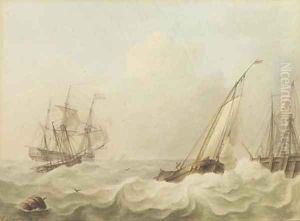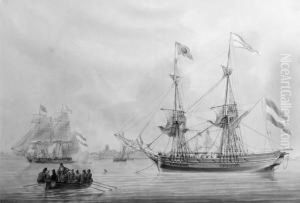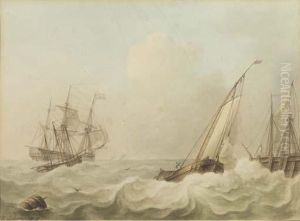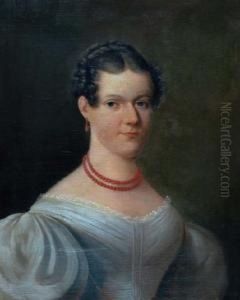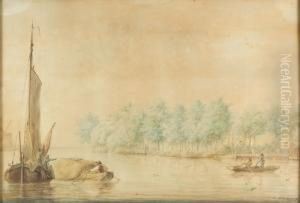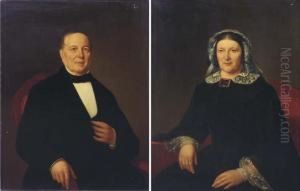Isaak Schouman Paintings
Isaak Schouman was a Dutch artist born in 1743 in Dordrecht, a city in the Netherlands with a rich artistic heritage. Schouman's work spanned a period of significant change in Dutch art, reflecting the transition from the Baroque style that dominated the 17th century to the emerging modern sensibilities of the 18th century. Despite not being as widely recognized as some of his contemporaries, Schouman made considerable contributions to the Dutch art scene, particularly in the realms of drawing and watercolor.
Schouman's artistic journey began in his hometown of Dordrecht, where he received his early training. He showed a keen interest in the natural world from a young age, which profoundly influenced his later works. Schouman's oeuvre includes a variety of subjects, from detailed animal studies and landscapes to portraits and historical scenes. His approach to art was characterized by a meticulous attention to detail and a delicate handling of colors, especially evident in his watercolor paintings.
Throughout his career, Schouman was active in the artistic communities of the Netherlands, participating in exhibitions and becoming a member of several art societies. His works were appreciated for their technical skill and their ability to capture the essence of his subjects with sensitivity and insight. Despite the appreciation of his peers, Schouman's work did not achieve the same level of commercial success as some of his contemporaries. Nevertheless, his contributions to Dutch art, especially in the development of watercolor as a serious medium for fine art, have been recognized by art historians.
Isaak Schouman passed away in 1815, leaving behind a legacy that has continued to be appreciated by connoisseurs of Dutch art. His works are held in various collections and museums, serving as a testament to his skill and dedication as an artist. Schouman's life and work reflect the evolving tastes and styles of his time, making him a significant figure in the history of Dutch art.
